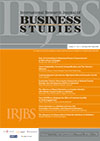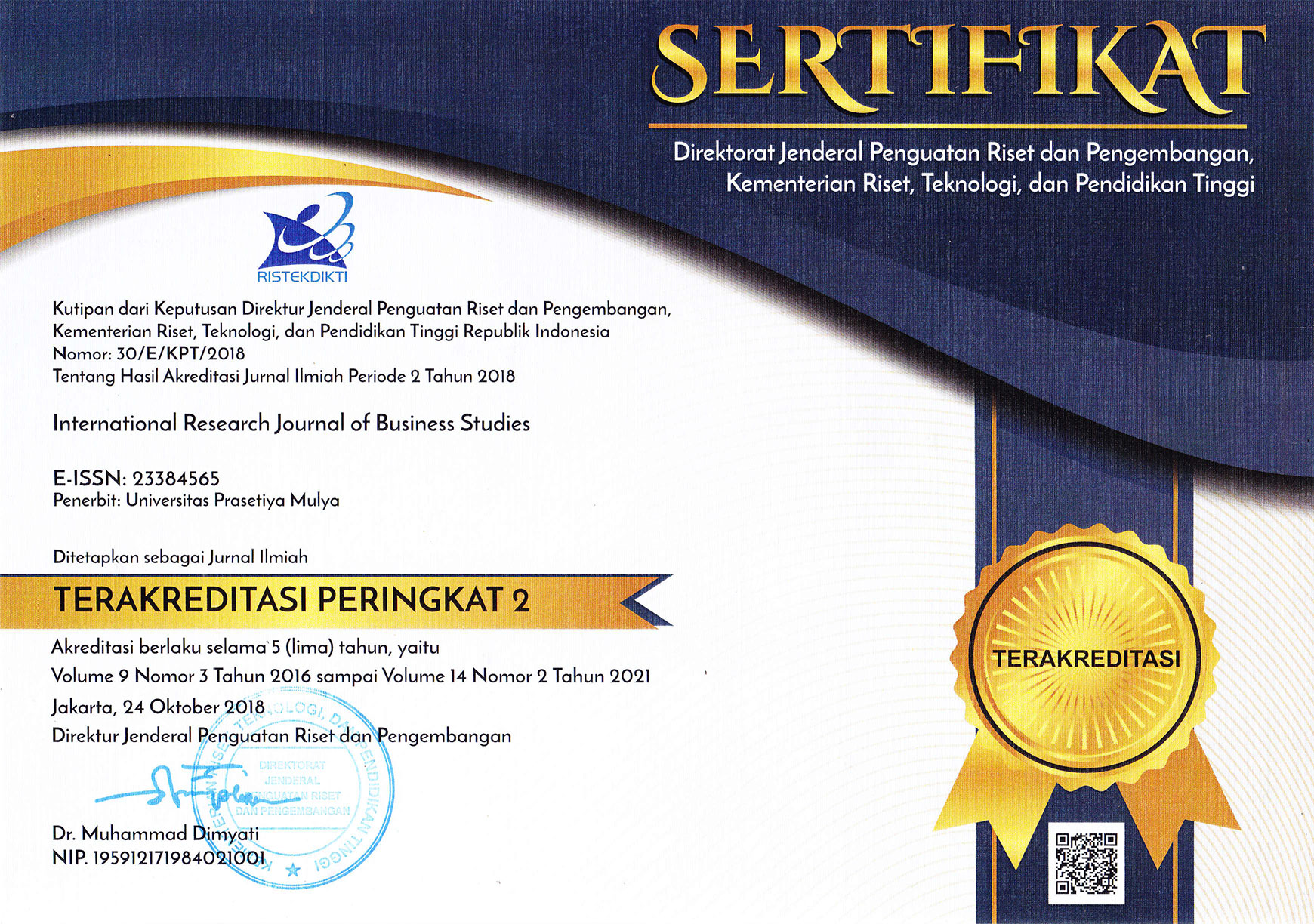Risks Management of Ready-Made Garments Industry in Bangladesh
DOI:
https://doi.org/10.21632/irjbs.10.1.1-13Keywords:
RMG, Ready-made garments industry, Risks in RMG, Problems of RMG, Risks Management of RMGAbstract
The primary objective of this paper is to identify the associated risks in readymade garments sector and find out the ways how these risks can be mitigated. The sample respondents are selected from the different company in different locations, and different level of the respondents are interviewed for collecting information randomly from 45 garments factory from the total population size 4328 company. It has been found in this research that almost all the risks are properly controlled or managed by the responsible parties. The responsible parties of controlling risks are trying most to control the risks. There is few past research about risks management of ready-made garments industry in Bangladesh. Different types of risks and the risks controlling technique will be discussed in the letter part of this research.
References
Begum, F., Ali, R.N., Hossain, M.A. and Shahid, S.B., 2010. Harassment of women garment workers in Bangladesh. Journal of the Bangladesh Agricultural University, 8(2), pp.291-296.
Campaign, C.C., 2012. Hazardous workplaces: Making the Bangladesh Garment industry safe.
Chowdhury, M., Ahmed, R. and Yasmin, M., 2014. Prospects and Problems of RMG Industry: A study on Bangladesh. Prospects, 5(7).
Ishtiak Uddin, M. and Tangem, S., 2015. A Study on the Relationship between Working Environment and Labor Unrest in Ready-Made Garment (RMG) Industry of Bangladesh.
Noman, S.M.S., 2013. Determination of minimum wage for garments worker in Bangladesh ensuring firm’s profitability. International Journal, 2(3).
Tania, F. and Sultana, N., 2014. Health hazards of garments sector in Bangladesh: the case studies of Rana Plaza. Malaysian journal of medical and biological research, 1(3), pp.111-117.
Wadud, Z., Huda, F.Y. and Ahmed, N.U., 2014. Assessment of fire risk in the readymade garment industry in Dhaka, Bangladesh. Fire Technology, 50(5), pp.1127-1145.
Worldwide Responsible Accredited Production, ‘How to Conduct a Health and Safety Risk Assessment’, [Online], Available: http://www.hse.gov.uk/risk/fivesteps.htm
Submitted
Published
How to Cite
Issue
Section
License
Copyright (c) 2017 Md. Morshadul Hasan, Appel Mahmud

This work is licensed under a Creative Commons Attribution-ShareAlike 4.0 International License.
Journal Author(s) Rights
For IRJBS to publish and disseminate research articles, we need publishing rights (transferred from the author(s) to the publisher). This is determined by a publishing agreement between the Author(s) and IRJBS. This agreement deals with the transfer or license of the copyright of publishing to IRJBS, while Authors still retain significant rights to use and share their own published articles. IRJBS supports the need for authors to share, disseminate and maximize the impact of their research and these rights, in any databases.
As a journal Author, you have rights to many uses of your article, including use by your employing institute or company. These Author rights can be exercised without the need to obtain specific permission. Authors publishing in IRJBS journals have comprehensive rights to use their works for teaching and scholarly purposes without needing to seek permission, including:
- use for classroom teaching by Author or Author's institution and presentation at a meeting or conference and distributing copies to attendees;
- use for internal training by the author's company;
- distribution to colleagues for their research use;
- use in a subsequent compilation of the author's works;
- inclusion in a thesis or dissertation;
- reuse of portions or extracts from the article in other works (with full acknowledgment of the final article);
- preparation of derivative works (other than commercial purposes) (with full acknowledgment of the final article);
- voluntary posting on open websites operated by the author or the author’s institution for scholarly purposes,
(But it should follow the open access license of Creative Common CC-by-SA License).
Authors/Readers/Third Parties can copy and redistribute the material in any medium or format, as well as remix, transform, and build upon the material for any purpose, even commercially. Still, they must give appropriate credit (the name of the creator and attribution parties (authors' detail information), a copyright notice, an open access license notice, a disclaimer notice, and a link to the material), provide a link to the license, and indicate if changes were made (Publisher indicates the modification of the material (if any) and retain an indication of previous modifications.
Authors/Readers/Third Parties can read, print and download, redistribute or republish the article (e.g. display in a repository), translate the article, download for text and data mining purposes, reuse portions or extracts from the article in other works, sell or re-use for commercial purposes, remix, transform, or build upon the material, they must distribute their contributions under the same license as the original Creative Commons Attribution-ShareAlike (CC BY-SA).
This work is licensed under a Creative Commons Attribution-ShareAlike 4.0 International License.








